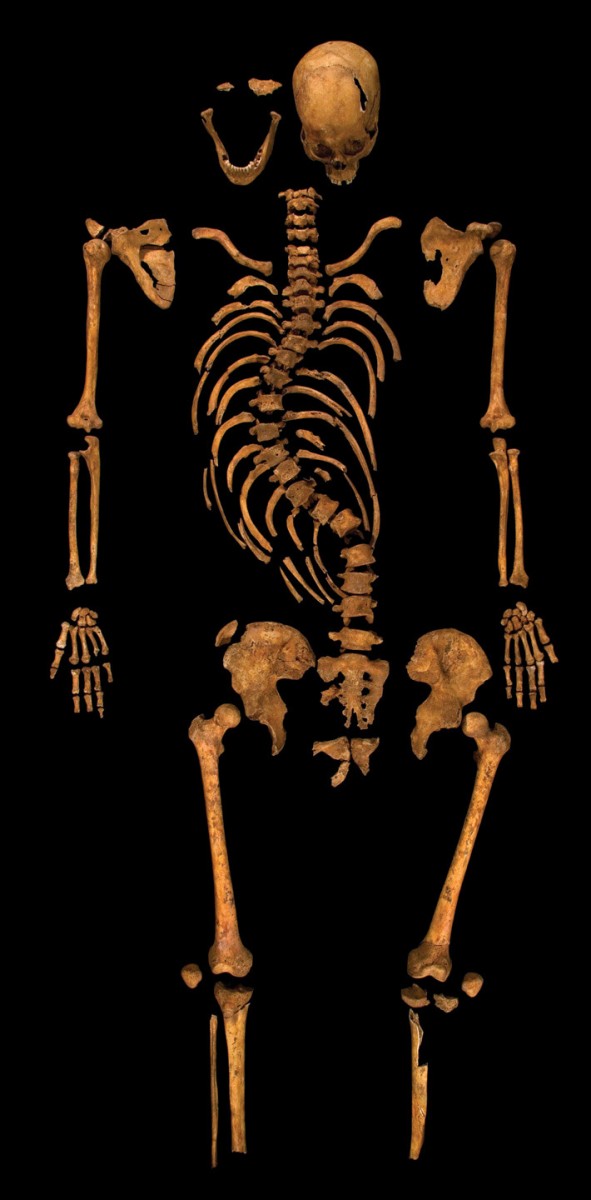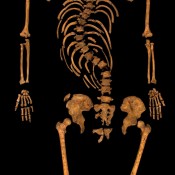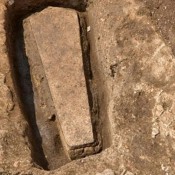Researchers at the University of Leicester, led by geneticist Dr Turi King, in collaboration with peers at the University of Potsdam, are to work on sequencing the genome of Richard III, based on his remains which were found last year underneath a Leicester car park.
“It is an extremely rare occurrence that archaeologists are involved in the excavation of a known individual, let alone a king of England,” says King.
Research will include sequencing the genome of the late king, as well as one of his known descendents, Michael Ibsen. Mr. Ibsen’s DNA analysis will focus on his mitochondria, confirnimg his relationship to the king through maternal lineage. Research on Richard’s genome is expected to reveal details such as the colour of his eyes and hair, as well as elements of his medical history. The latter part is espevcially important to the scientists as they expect to trace the roots of several diseases the king might had suffered from and thus elaborate on the living conditions during his time.
Richard III is only the last of a small group of ancient individuals whose genome is sequenced, following Ötzi the Iceman, Neanderthal specimens, a Denisovan and a Greenlandic Inuit and a hunter gatherer from Spain. The sequencing of the Iceman led to the first example of human infection with Lyme disease.
“We are in the midst of a new age of genetic research, with the ability to sequence entire genomes from ancient individuals and, with them, those of pathogens that may have caused infectious disease”, explains Dr King.
The upcoming research project on sequensing Richard’s DNA is funded by the Wellcome Trust, the Leverhulme Trust and Sir Alec Jeffreys, the professor behind DNA fingerprinting.




